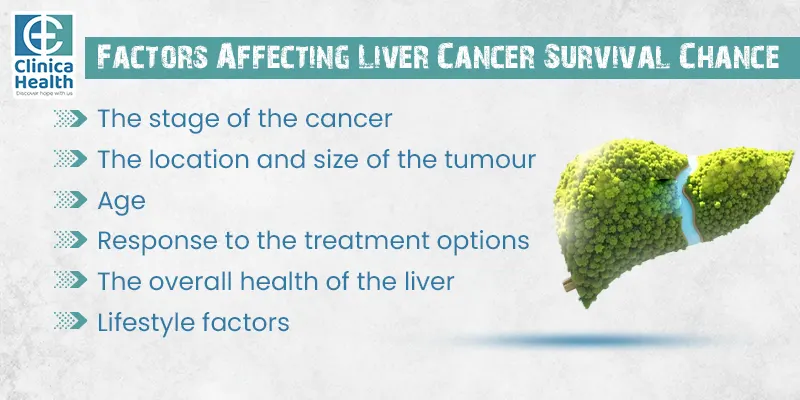-
 Call Now:
8010 552 552
7595 838 844
Call Now:
8010 552 552
7595 838 844
-
 Email Me:
[email protected]
Email Me:
[email protected]
Every year, millions of people are affected by liver cancer worldwide. In fact, it is the leading cause of cancer-related deaths. It is primarily believed to develop in individuals with severe conditions like cirrhosis or hepatitis; however, there are medical reports indicating that people with no liver disorders can also get liver cancer.
Liver cancer occurs when there is an abnormal growth of cells or polyps in the liver, leading to the formation of tumours. If left untreated, the abnormal cells grow uncontrollably and soon spread to the nearby lymph nodes and organs as well.
Patients with liver cancer do not even experience any symptoms in the initial stage because the growth of the abnormal cells begins as small polyps or nodules. Over time, they increase in shape and size, ultimately affecting the liver function. Hence, early detection is always recommended, as the treatment at that time is easy and the chances of survival are also higher.
In this blog, we will understand the prognosis of liver cancer and the survival rate at each stage.
Survival rates give an idea about the percentage of people with the same type and stage who are still alive for a certain period of time after the cancer is diagnosed. Your survival chance tells you how long you will live and how likely your treatment will be successful.
The survival rate of liver cancer depends on many factors, including the following:

The survival chance is higher when the cancer gets detected in the early stage, i.e, the malignant cells are only confined to the liver tissues and have not yet started to attack the nearby organs. On the other hand, the rates of survival decrease in the later stage due to the less availability of treatment options.
There are four stages of liver cells. Here are the chances of survival at each stage.
Stage 1: Here the tumour is localised and has not spread to the nearby cells. In this stage, the 5-year survival rate is more than 60%-70%.
Stage 2: In this stage, the cancerous cells in the liver have increased in size and number. However, they still have not started to spread at the distant sites. The survival chance at this stage drops and is mostly between 35% and 40%.
Stage 3: Here the tumour size becomes more than 5 cm and the multiple tumours have started to reach the nearby organs and blood vessels but not the lymph nodes or other organs. The survival rate at this stage is about 10%-20%.
Stage 4: This is the advanced stage and the cancer has become metastatic. The prognosis is much poorer at this stage and drops to less than 5%.
If you are experiencing unusual signs in the body, such as unexplained weight loss, loss of appetite, bloating, yellowing, or itching of the skin for a long period of time, make sure to consult a cancer doctor for early detection. For long-term survival and better prognosis, timely intervention of liver cancer improves treatment outcomes and offers a hope of a better survival chance.